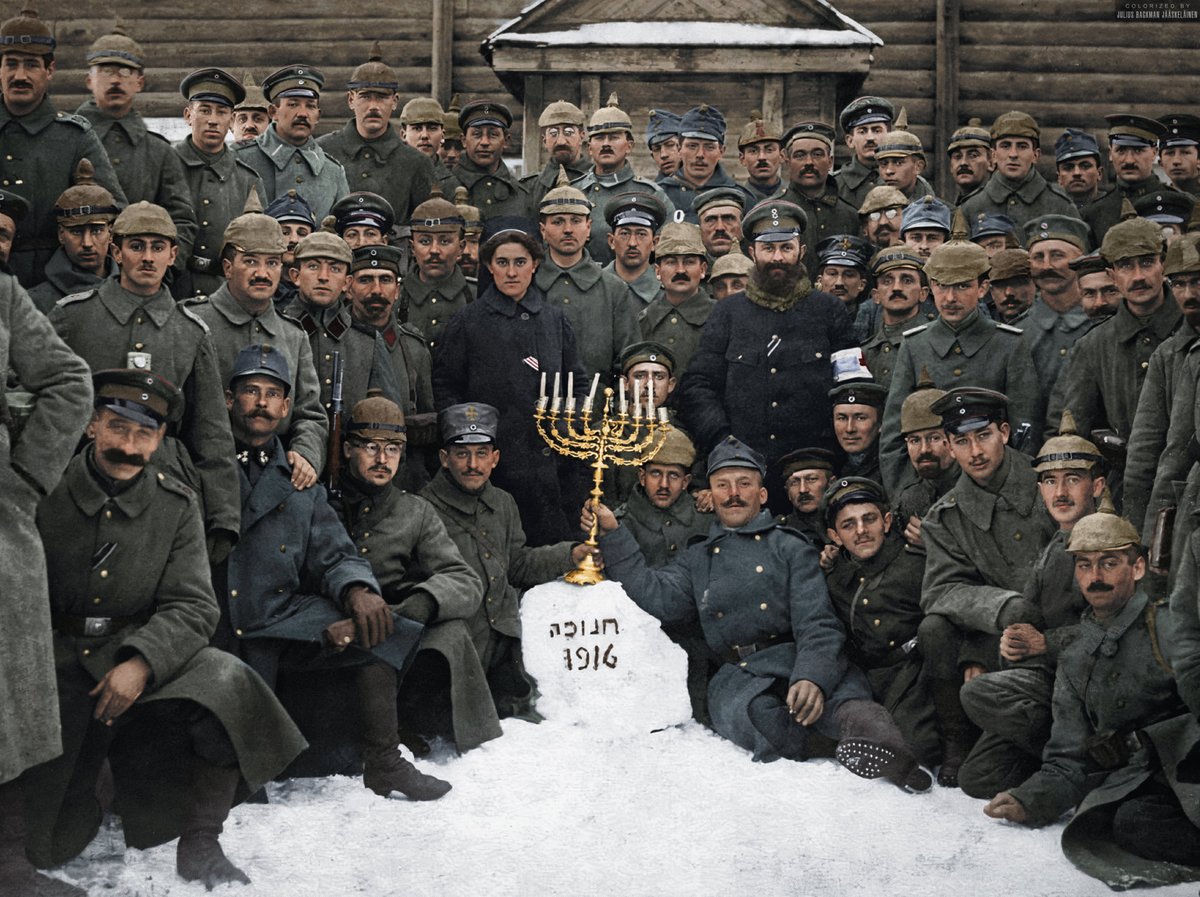In 2018, Kestenbaum auction house unveiled an oil painting by Josef Edward August von Gillern (1794–1845), a well-known German artist.
They said it was a portrait of the Rav Moshe Sofer (1762–1839) that had been in the possession of a family descended from the Chasam Sofer.
They said it was a portrait of the Rav Moshe Sofer (1762–1839) that had been in the possession of a family descended from the Chasam Sofer.

But not everyone agreed.
Some claimed that the man didn't resemble the recognized image of the Chasam Sofer. And a Judaica expert who first attributed the work to von Gillern said there wasn't enough evidence to substantiate the claim that Rav Sofer was the painting's subject.
Some claimed that the man didn't resemble the recognized image of the Chasam Sofer. And a Judaica expert who first attributed the work to von Gillern said there wasn't enough evidence to substantiate the claim that Rav Sofer was the painting's subject.

Still, the portrait was sold for more than $37,000, and likely hangs proudly in its new owner's study. 

Interestingly, when ArtScroll published Yisroel Besser’s masterful biography of the Chasam Sofer, they used the new portrait for the cover — but switched to the traditional one in subsequent printings. 



• • •
Missing some Tweet in this thread? You can try to
force a refresh




























